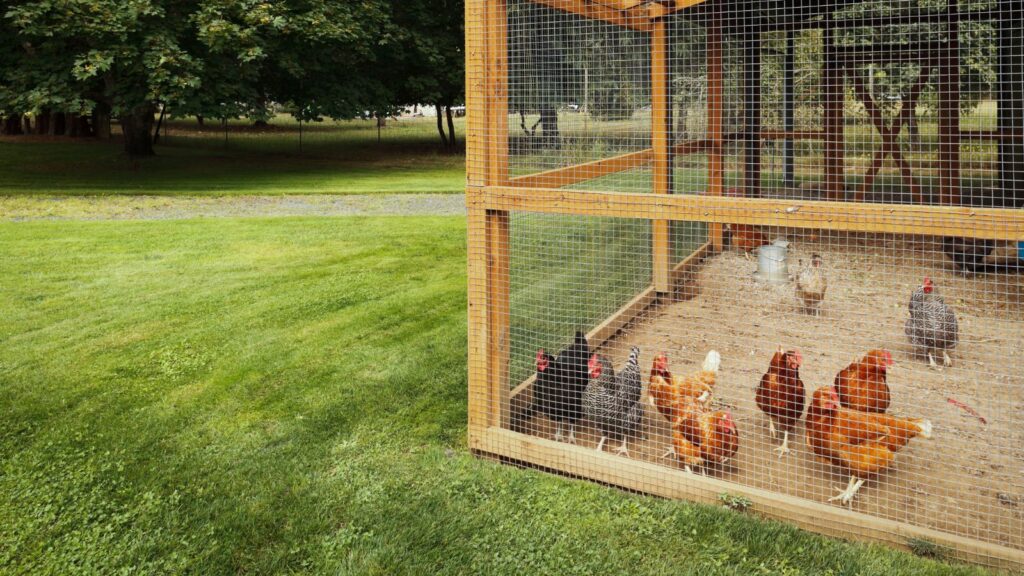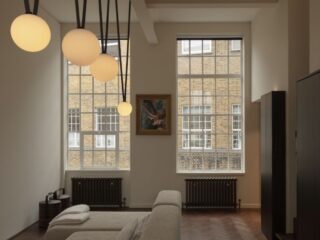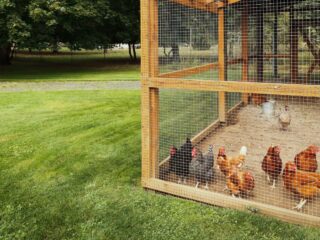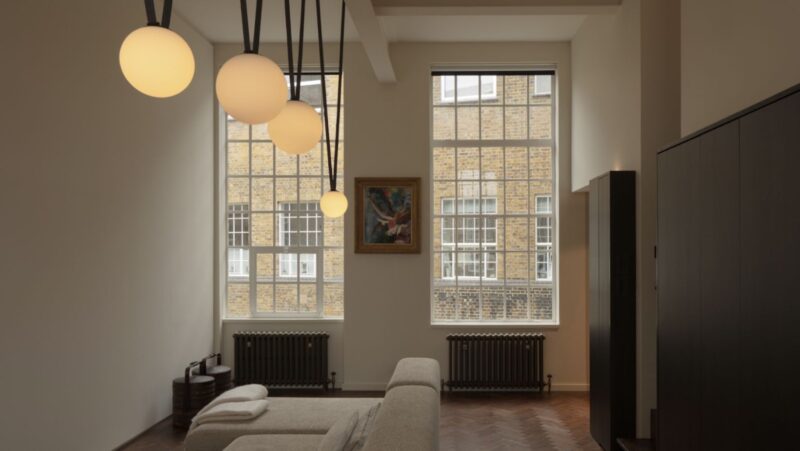
A well-designed chicken coop creates a balanced environment for healthy birds. It provides comfort, ventilation, and protection while fitting naturally in outdoor spaces. The right structure ensures the chickens stay active, secure, and easy to manage daily. Building or selecting a coop involves careful attention to size and layout. Every detail matters when maintaining a small backyard flock.
The Backyard Chicken Coop must balance appearance, space, and functionality to meet the flock’s needs. A practical layout saves time during feeding, cleaning, and egg collection. Proper construction materials and thoughtful placement prevent dampness and maintain airflow. A coop that complements the yard’s look also improves its appeal. Every feature adds to a peaceful and efficient backyard setup.
Assess Space and Flock Requirements
Every bird requires personal space for comfort and health. Too little room restricts movement and natural activity. The ideal structure allows smooth navigation and sufficient rest areas. Ventilation keeps the air fresh and prevents moisture build-up. Sunlight and shade should reach the coop in balanced amounts.
A proper plan includes interior and exterior space for daily activity. Perches support rest, while nesting boxes provide privacy. The outdoor run encourages exercise, dust bathing, and interaction. Accessibility from all sides simplifies collection and maintenance tasks. Proportional space promotes safety and harmony in the flock.
Select Quality Materials
Durable materials ensure lasting performance and low maintenance needs. Wood remains a common choice for its flexibility and strength. Treated surfaces resist decay and maintain structure over time. Metal mesh prevents predator access and secures openings effectively. Solid floors help manage waste and block pests below.
Weather conditions influence the choice of material greatly. Insulated panels moderate heat and cold for consistent comfort. Paint or sealant preserves the surface from moisture or insects. Stainless hardware prevents corrosion and maintains secure joints. Long-term planning avoids frequent repairs and material waste.
Plan Layout and Accessibility
A functional design supports daily tasks with minimal effort. Doors and windows placed at proper heights assist both humans and hens. Clear pathways allow free movement without barriers inside the structure. Every inch of space should support ventilation and light entry. Nesting boxes positioned low ensure easy egg collection.
Accessibility enhances hygiene and flock supervision daily. Removable panels simplify deep cleaning and inspections. Proper drainage prevents puddles around entrances after rainfall. Elevated sections protect against soil moisture during wet seasons. Thoughtful layout decisions guarantee practical comfort for every occupant.
Prioritize Ventilation and Temperature Control
Ventilation maintains steady airflow and reduces odor inside the coop. Windows and vents positioned high release heat naturally upward. Fresh air reduces moisture, which prevents mold and bacterial growth. Shade around the structure helps moderate daily temperature levels. Proper design supports year-round comfort for every chicken.
Temperature control also relies on insulation during seasonal shifts. Thick walls hold warmth without restricting airflow in cold months. Reflective roofs reduce excess heat during hotter days. Air circulation ensures healthy respiratory conditions throughout the coop. Balanced ventilation promotes freshness and strong egg production cycles.
Add Practical Features for Daily Care
Simple, functional features make everyday coop management easier and more efficient. These additions reduce time spent on maintenance while improving cleanliness and organization. Small upgrades can extend the life of the structure and keep the chickens comfortable through consistent care.
Below are a few practical examples that directly support daily upkeep and convenience:
- Slide-out trays collect droppings quickly for easy disposal
- Secure locks prevent unwanted access to doors or hatches
- Raised legs reduce moisture and deter insects beneath the coop
- Rain shields protect feed areas during wet days
- Separate storage keeps tools and supplies organized neatly
Ensure Aesthetic Harmony and Placement
Visual appeal contributes to the overall outdoor environment. A neat structure complements surrounding plants, fences, or sheds. Matching colors and finishes creates unity with the yard’s appearance. Even simple trim or panels add character to the coop. A balanced design can transform a plain space gracefully.
Placement determines long-term ease and durability of the structure. Positioning near the house allows easier access each morning and evening. Slight elevation avoids water collection during rain. Sunlight exposure should remain steady through most of the day. Strategic location ensures practical care without constant adjustment.
Partner with Skilled Builders for Proven Coop Designs
Working with experienced builders ensures quality structures tailored to real poultry needs. These professionals craft coops that balance airflow, protection, and usability. Each build focuses on strength, weather resistance, and easy access for maintenance. Expert designs reduce upkeep time while enhancing comfort for the flock. A partnership with such makers brings efficiency and peace of mind to every backyard setup.
The Backyard Chicken Coop serves as both shelter and centerpiece for poultry care. It combines design, safety, and simplicity in one cohesive form. Proper attention to layout, airflow, and cleaning access ensures healthy conditions. Every material, feature, and measurement influences flock satisfaction daily. A balanced, well-built coop strengthens both functionality and outdoor charm.












